Weather
Weather refers to the ever-changing atmospheric conditions at a specific location and moment in time. It includes key elements such as temperature, humidity, wind speed, air pressure, and precipitation (like rain, snow, sleet, or hail). Simply put, weather is what you feel and experience every day—whether it’s a sunny afternoon, a cloudy morning, or a stormy evening.
Understanding the weather is essential for daily life. It influences how we dress, when we travel, what outdoor activities we plan, and how we manage resources such as water and energy. Accurate weather forecasts help communities prepare for extreme conditions like heat waves, floods, and snowstorms, ensuring safety and smarter planning.
From checking the daily forecast to monitoring changing climate patterns, being aware of the weather helps us stay informed and adaptable in our environment.
Types of Weather Conditions
Understanding different weather conditions is crucial for everyday planning, travel safety, and staying informed about our environment. Weather can change rapidly due to shifts in atmospheric pressure, humidity levels, and climate patterns. Each type of weather condition is caused by specific natural processes and can significantly affect our daily lives.
Below is a detailed guide to the most common types of weather, how they form, and what they mean for your day-to-day routine:
1. Sunny Weather
Sunny weather is defined by clear skies, bright sunshine, and minimal cloud cover. It typically forms under high-pressure systems, which prevent cloud formation. Sunny days are perfect for outdoor activities, solar energy collection, and travel, but they also come with risks such as UV exposure, dehydration, and heatstroke.
Tip: Use sunscreen and stay hydrated during prolonged exposure to sunny conditions.
2. Cloudy Weather
Cloudy weather happens when the sky is mostly covered by clouds. The types of clouds—like stratus, cumulus, or nimbostratus—can hint at what’s coming next in the weather forecast. Though it can feel gloomy, cloudy weather often leads to cooler temperatures and can signal approaching rain or storms.
Did you know? Cloud cover can reduce solar heat, making cloudy days cooler even in summer.
3. Rainy Weather
Rainy conditions are caused when moisture in the atmosphere condenses and falls as water droplets. Rain is vital for agriculture, freshwater supplies, and maintaining natural ecosystems. Rainfall intensity can vary from light drizzles to heavy downpours, and it is often accompanied by cloudy skies and lower temperatures.
Weather tip: Always check the rain forecast if you’re planning events, road trips, or hiking.
4. Snowy Weather
Snow occurs when water vapor freezes into ice crystals and falls as snowflakes. This weather condition is common in cold climates and during winter months. Snowy weather is beautiful but can disrupt transportation, create hazardous driving conditions, and require regular snow removal.
Fun fact: Snow is also essential for winter sports, ski tourism, and replenishing mountain water reserves.
5. Windy Weather
Wind is the movement of air caused by differences in atmospheric pressure. It can range from a light breeze to strong gusts and even windstorms. Windy weather can help in pollination, temperature regulation, and energy generation (via wind turbines), but extreme winds can also damage property or disrupt travel.
Tip: Monitor wind speeds if you're flying drones, sailing, or involved in construction work.
6. Stormy Weather
Stormy conditions include severe weather events like thunderstorms, hailstorms, hurricanes, and tornadoes. These powerful weather systems often bring heavy rain, strong winds, lightning, and hail. They can be dangerous, leading to floods, blackouts, and even structural damage.
Safety tip: Always heed weather alerts and emergency forecasts during storms.
7. Foggy Weather
Fog forms when moist air cools rapidly, condensing into a low-lying cloud. It significantly reduces visibility, making it a major hazard for driving, aviation, and shipping. Fog usually appears in the early morning or evening, especially near water bodies or in valleys.
Did you know? Fog lights and slow driving are essential for safety during dense fog conditions.
Why Understanding Weather Matters
Being aware of different weather patterns and conditions helps you stay prepared and safe. From choosing what to wear to planning outdoor activities or responding to natural disasters, weather awareness is part of daily life. With modern tools like weather apps, radars, and forecast models, you can make informed decisions anytime.
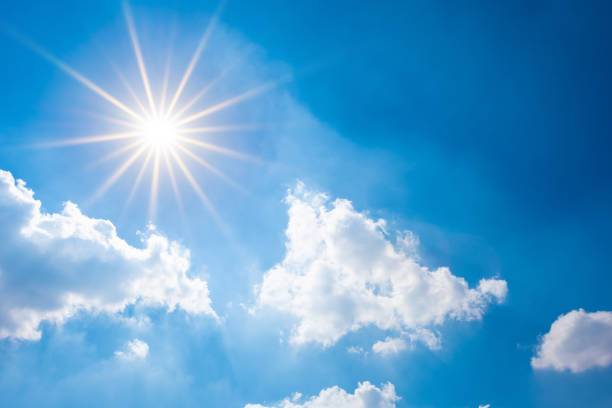
What Influences Weather?
Weather is shaped by a dynamic mix of natural forces that interact continuously in the Earth’s atmosphere. From the heat of the sun to the shape of the land, each element plays a unique role in creating the weather conditions we experience daily. Understanding what affects weather patterns not only helps us predict upcoming changes but also highlights how interconnected our planet’s systems are.
Here are the main factors that influence the weather:
1. Solar Radiation
The sun is the ultimate source of energy that drives all weather systems. As sunlight reaches Earth, it heats the surface unevenly because of the planet's tilt, spherical shape, and varying surface features. This uneven heating creates differences in temperature and pressure, which in turn lead to the movement of air masses and the formation of clouds, wind, and precipitation.
Fun fact: Equatorial regions receive more direct sunlight year-round, which is why they tend to be warmer and more humid.
2. Atmospheric Pressure
Atmospheric pressure is the weight of the air above a given point on Earth. High-pressure systems are generally associated with clear skies and stable weather, while low-pressure systems bring clouds, wind, and precipitation. The interaction between these pressure systems forms the foundation of weather forecasting.
Example: A rapidly falling pressure often indicates that a storm is approaching.
3. Temperature and Humidity
Temperature affects how much moisture the air can hold. Warm air can carry more water vapor, which increases humidity. When this air becomes saturated and cools, condensation occurs—leading to cloud formation and potential rainfall. This relationship between temperature and humidity is key to predicting rain, fog, and dew.
Did you know? High humidity combined with high temperatures can result in extreme discomfort and heat stress.
4. Wind Patterns
Wind is air in motion, caused by differences in atmospheric pressure. It helps distribute heat and moisture across the globe. Global wind patterns like the trade winds, westerlies, and polar easterlies are influenced by Earth’s rotation (the Coriolis effect) and play a major role in moving weather systems from one region to another.
Tip: Changes in local wind direction often signal a shift in the upcoming weather.
5. Topography
Topography refers to the shape and features of the Earth’s surface. Mountains and valleys can have a dramatic impact on the weather. For example, moist air rising over mountains cools and drops its moisture, leading to rainfall on one side and dry conditions (rain shadows) on the other. Coastal regions tend to experience more moderate temperatures due to the nearby ocean’s stabilizing influence.
Example: The Himalayas play a major role in controlling the monsoon weather across South Asia.
6. Ocean Currents
The Earth’s oceans act as massive heat reservoirs, distributing energy around the globe via ocean currents. Warm currents (like the Gulf Stream) can raise temperatures in nearby coastal regions, while cold currents (like the California Current) have a cooling effect. Phenomena such as El Niño and La Niña are driven by changes in ocean temperatures and currents and have widespread effects on global weather.
Did you know? El Niño can cause wetter winters in the southern U.S. and droughts in Australia and Southeast Asia.
7. Human Activity
Human activities, particularly urbanization, deforestation, and pollution, are increasingly influencing local and regional weather. Cities often experience the urban heat island effect, where temperatures are higher than in surrounding rural areas due to concrete structures, reduced vegetation, and trapped heat. Emissions from vehicles and industries can also affect cloud formation, air quality, and even precipitation levels.
Tip: Planting trees and using reflective materials in urban planning can help reduce heat island effects.
Why It Matters
Understanding the factors that influence weather equips us to make better decisions, from what we wear to how we prepare for natural disasters. As climate change continues to impact our planet, being aware of how weather and climate systems function is more important than ever.
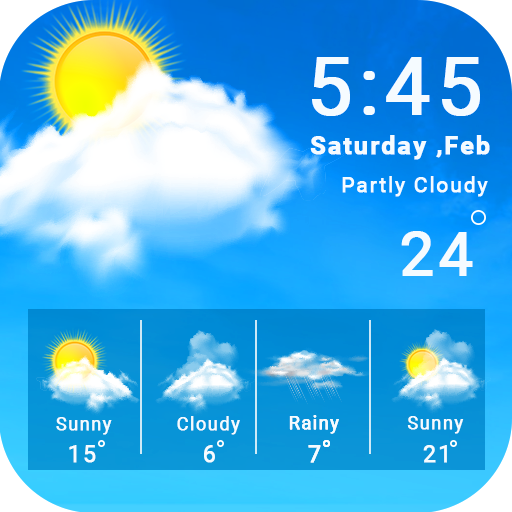
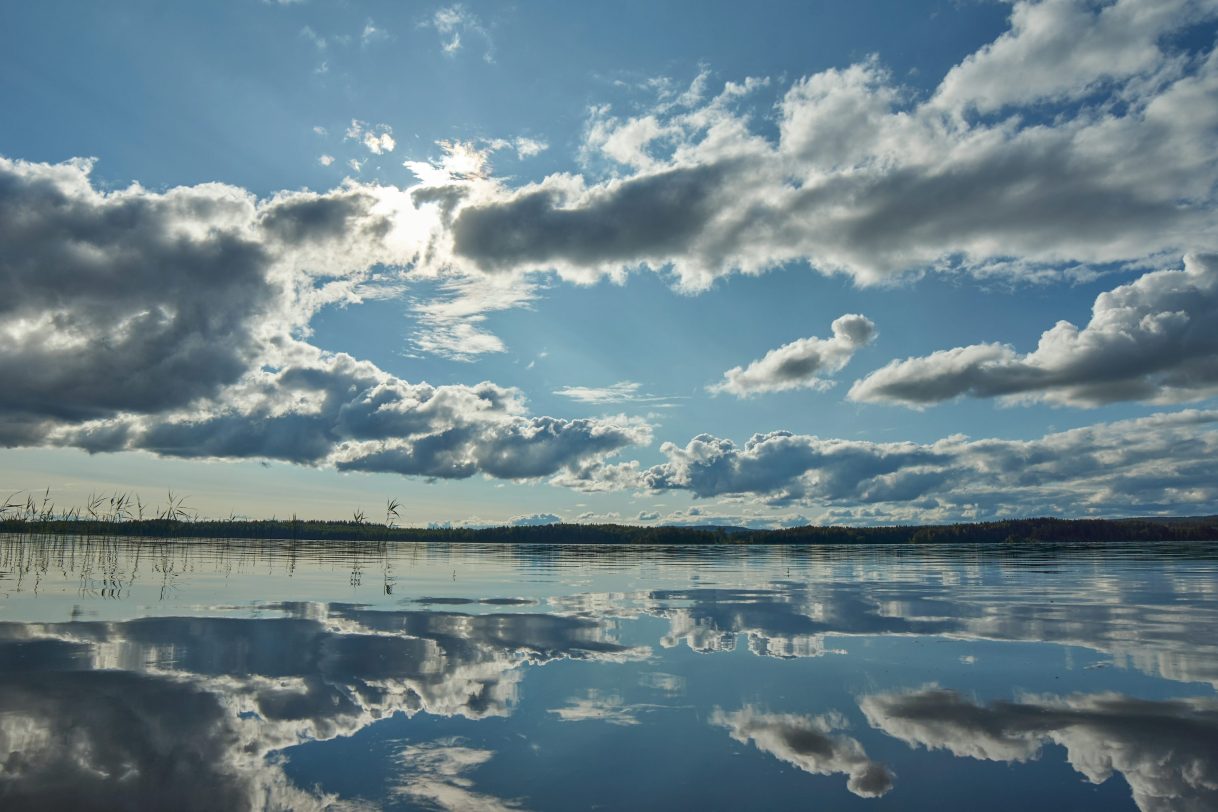

Why Weather Matters
Weather plays a central role in shaping not only our daily routines but also the broader systems that sustain life and drive the global economy. From morning outfit choices to emergency evacuations, weather conditions influence how we live, work, travel, and protect ourselves. Understanding the impact of weather and climate is essential for personal safety, environmental sustainability, and long-term planning.
Below are the key areas where weather significantly affects human life and the natural world:
1. Daily Planning and Everyday Activities
Whether it’s sunny, rainy, windy, or snowy, the weather forecast affects countless decisions:
- What we wear each day
- How we commute
- Whether we schedule or postpone outdoor activities
- Choosing between indoor and outdoor work and recreation
Even simple choices like carrying an umbrella or applying sunscreen depend on daily weather conditions. This is why accurate, real-time weather updates are so important.
2. Agriculture and the Food Supply
Weather is a cornerstone of agriculture. Farmers rely on optimal climate conditions for:
- Sowing seeds
- Irrigating crops
- Harvesting at the right time
- Managing livestock
Too much or too little rainfall, frost, or heatwaves can devastate crops, disrupt supply chains, and spike food prices. In this way, weather patterns have a direct impact on food security and global trade.
3. Transportation and Travel
Weather-related disruptions are a major challenge in the transport sector. Dangerous weather conditions such as:
- Fog and low visibility
- Snow and ice on roads
- Turbulence and storms for flights
- Rough seas are affecting marine transport
These events can cause flight delays, road accidents, and logistical challenges in shipping and delivery. Transport authorities and airlines rely on advanced weather forecasts to ensure safety and minimize delays.
4. Health and Human Safety
Extreme weather events have direct consequences for health and well-being:
- Heatwaves can lead to heatstroke and dehydration
- Freezing temperatures can cause frostbite or hypothermia
- Storms, floods, and hurricanes put lives at risk
Weather alerts, early warning systems, and public preparedness campaigns are critical tools for saving lives during severe weather conditions.
5. Economy and Business Operations
Numerous industries are affected by weather variability, including:
- Construction: Bad weather slows or halts projects
- Energy: Demand spikes during hot and cold spells
- Retail: Seasonal weather affects consumer buying habits
- Tourism: Sunny or snowy weather can make or break tourism revenue
Businesses now use weather data analytics to anticipate changes and plan accordingly, minimizing losses and boosting productivity.
6. Environment and Ecosystems
Weather patterns help regulate ecosystems and support biodiversity. Seasonal changes guide:
- Animal migrations and nesting cycles
- Plant blooming and pollination
- Water distribution via the hydrological cycle
Disruptions in weather due to climate change can lead to habitat loss, species extinction, and long-term ecological imbalance.
7. Emergency Preparedness and Disaster Response
Accurate weather forecasting is critical for preparing for natural disasters such as:
- Hurricanes
- Tornadoes
- Floods
- Wildfires
Modern technology enables us to track and predict severe weather, giving communities time to evacuate, stock resources, and implement emergency plans. This preparation saves lives and reduces property damage.
From the moment you wake up to global decisions about food, health, and trade, the weather is always influencing the world around you. By understanding how weather works and its effects on various aspects of life, we can better prepare, adapt, and thrive.
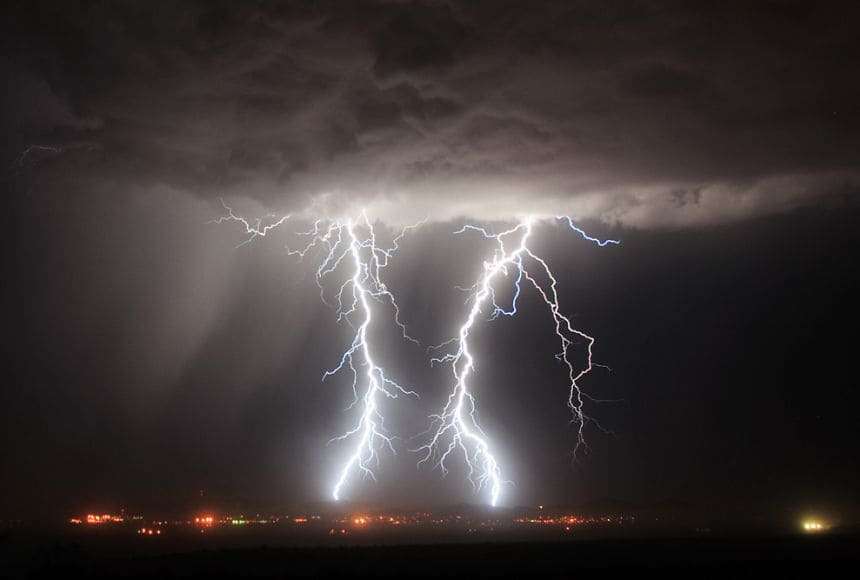

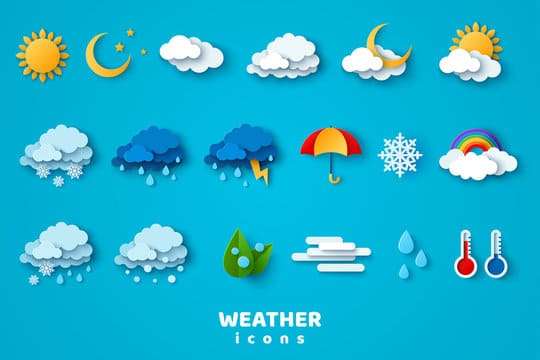
Conclusion
Weather affects nearly every aspect of human life—from the clothes we wear and the routes we take, to agriculture, business operations, and emergency preparedness. Thanks to advancements in weather forecasting technology, we're better equipped than ever to anticipate and adapt to changing weather conditions.
Whether you’re a traveler planning a trip, a farmer managing crops, a student preparing for school, or a business owner scheduling operations, understanding the weather allows you to make smarter, safer, and more efficient decisions.
Looking ahead, weather forecasting will continue to evolve, becoming more accurate, real-time, and even personalized. With tools like weather apps, satellite imagery, and climate data modeling, we’ll soon receive forecasts that are not just about "rain or shine," but tailored to our specific needs and locations.
Staying informed isn’t just a matter of convenience—it’s essential for protecting your health, optimizing resources, and thriving in an ever-changing world.
In the end, weather is far more than just a daily inconvenience or background detail—it’s a powerful, dynamic force that influences nearly every aspect of life on Earth. From the food we eat and the clothes we wear to how we build our cities and plan for the future, weather plays a central role in shaping human behavior, natural ecosystems, and global economies. Understanding and monitoring weather patterns isn't just a matter of curiosity—it’s a practical necessity for safety, sustainability, and strategic planning.
As forecasting technologies become more advanced and accessible, we now have the tools to anticipate weather changes with greater accuracy than ever before. This empowers individuals, businesses, and governments to take proactive steps in protecting communities, optimizing resources, and responding effectively to environmental challenges. In a world where climate change is making extreme weather events more frequent and unpredictable, staying weather-aware is no longer optional—it’s essential. By respecting the forces of nature and using knowledge to our advantage, we can build a more resilient, informed, and prepared society.